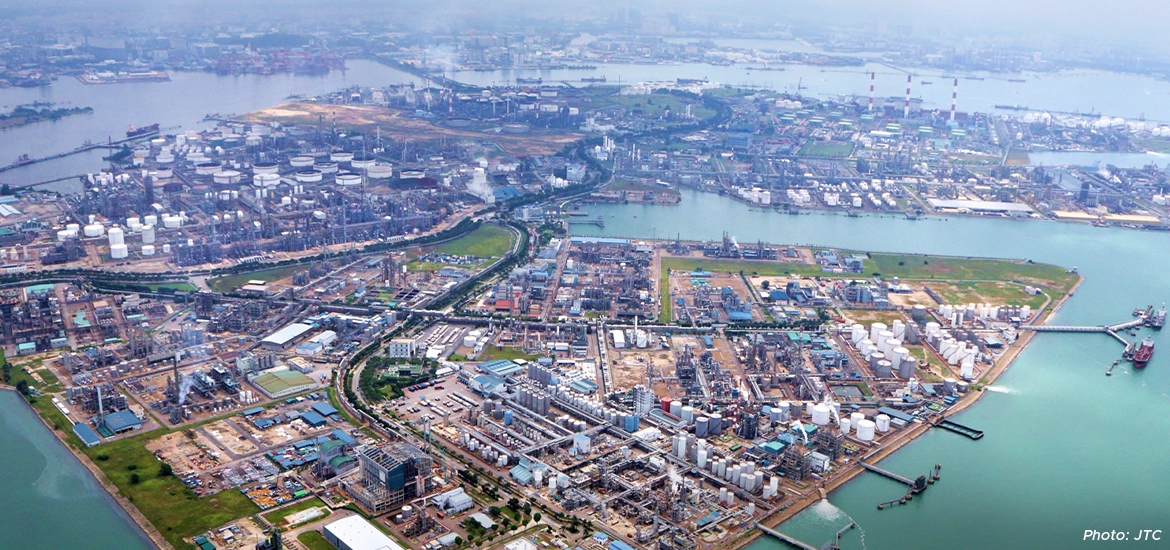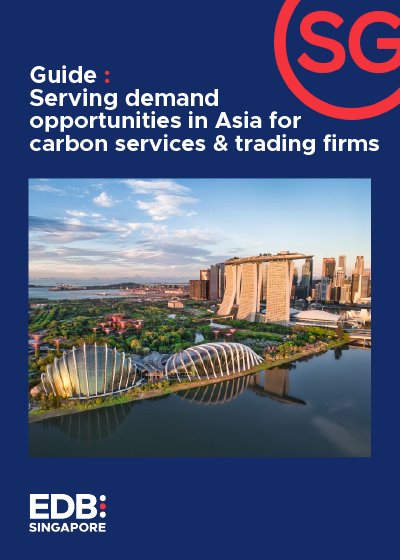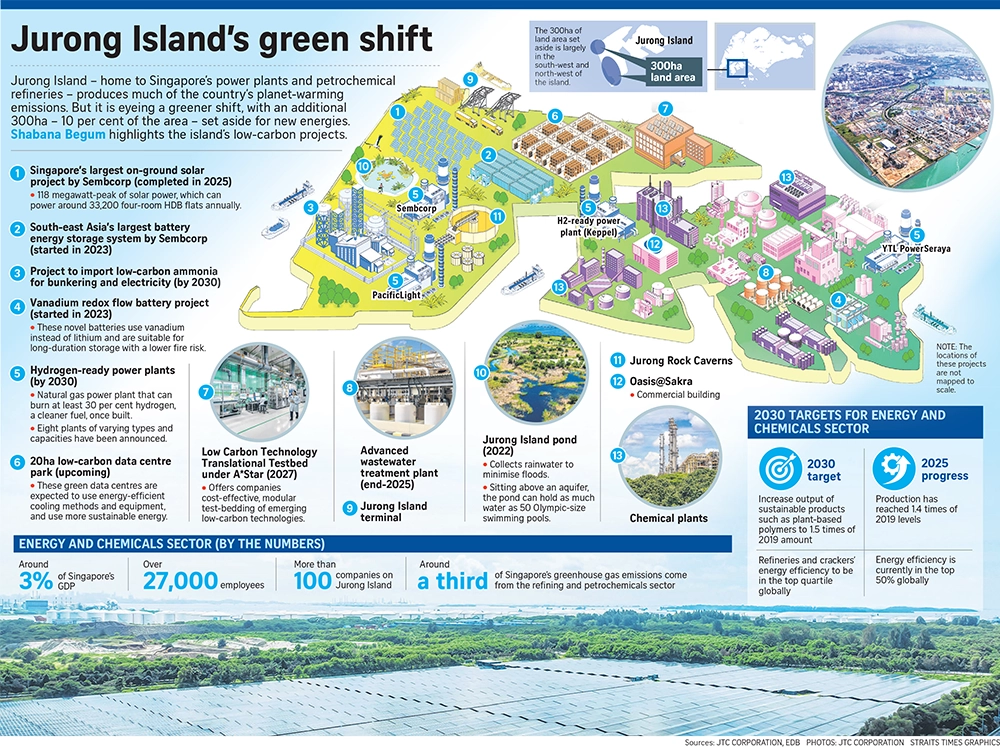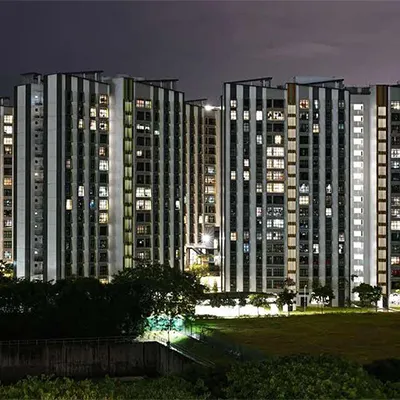The traditionally fossil fuel-reliant Jurong Island is revving its green engines to become more sustainable, with close to 300ha – about 10 per cent of its land, or an area slightly bigger than 400 football fields – set aside for new energies, such as greener fuels.
The industrial island will also host Singapore’s largest low-carbon data centre park, with an additional 20ha of land reserved for this. This is the size of about 25 football fields.
Four years after the energy and chemicals hub launched its 2030 sustainability goals, a number of companies on the island have made some progress in energy efficiency and producing sustainable goods, such as green solvents.
These announcements were made by industrial developer JTC Corporation and the Economic Development Board (EDB) on 27 October, in conjunction with the Singapore International Energy Week.
Speaking at the opening of the conference, Minister-in-charge of Energy and Science & Technology Tan See Leng noted that there has been increasing interest from speciality chemical players to grow their presence in the Republic, driven by growth in regional demand for higher-quality products.
Dr Tan added that Jurong Island will be a global test bed for new energies and low-carbon technologies. These refer to the use of fuels such as ammonia or hydrogen, which do not produce carbon dioxide when burned, and technology like carbon capture.
He said that in 2026, the Republic will launch its 2030 strategy for research, innovation, and enterprise to significantly expand research and development to further decarbonise the power sector and industries.
“All these efforts ensure that Jurong Island continues to be home to great firms, and create meaningful career opportunities in the growing green economy,” he said.










